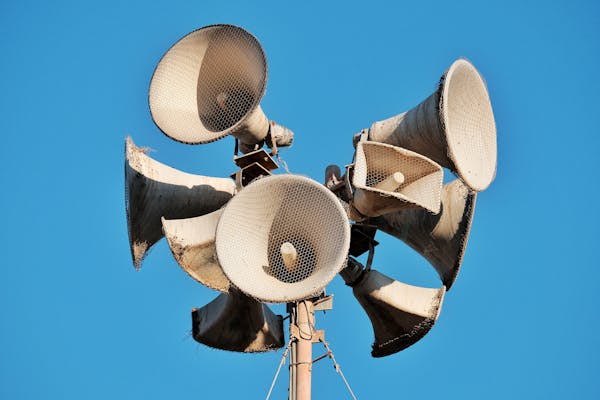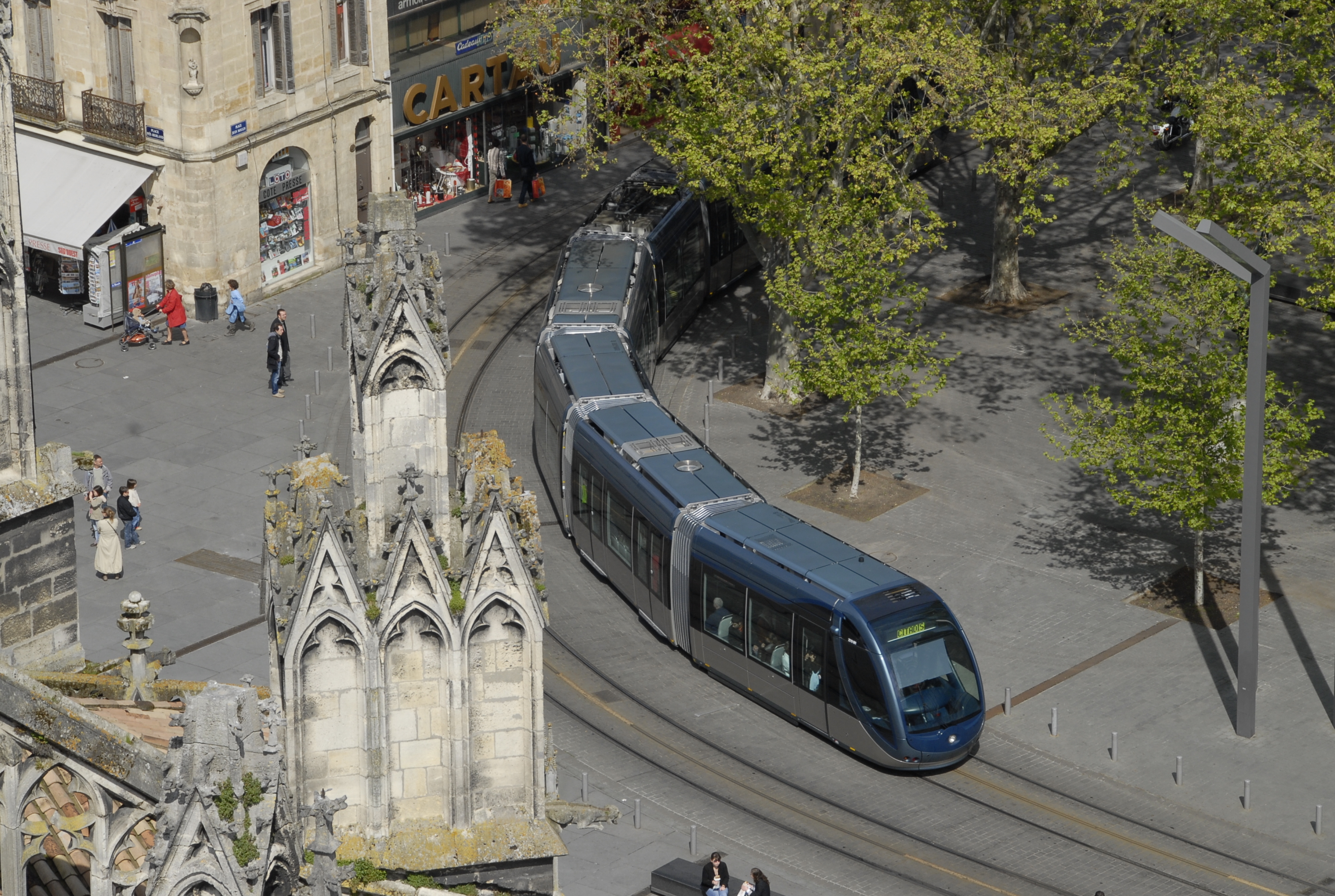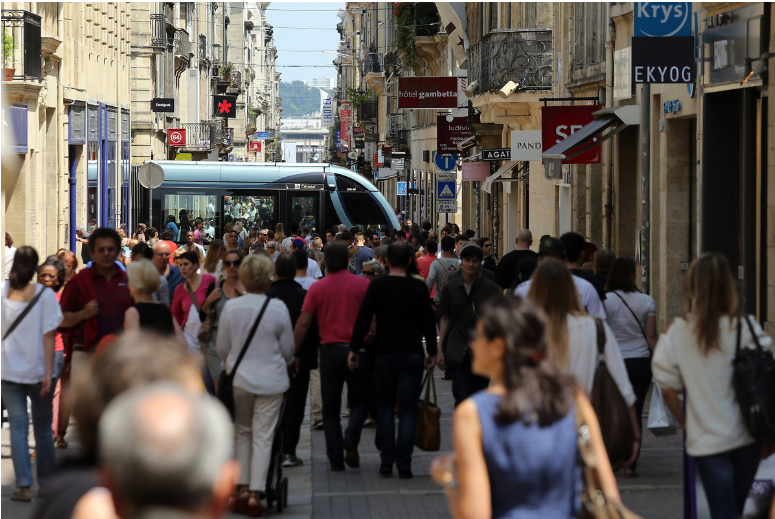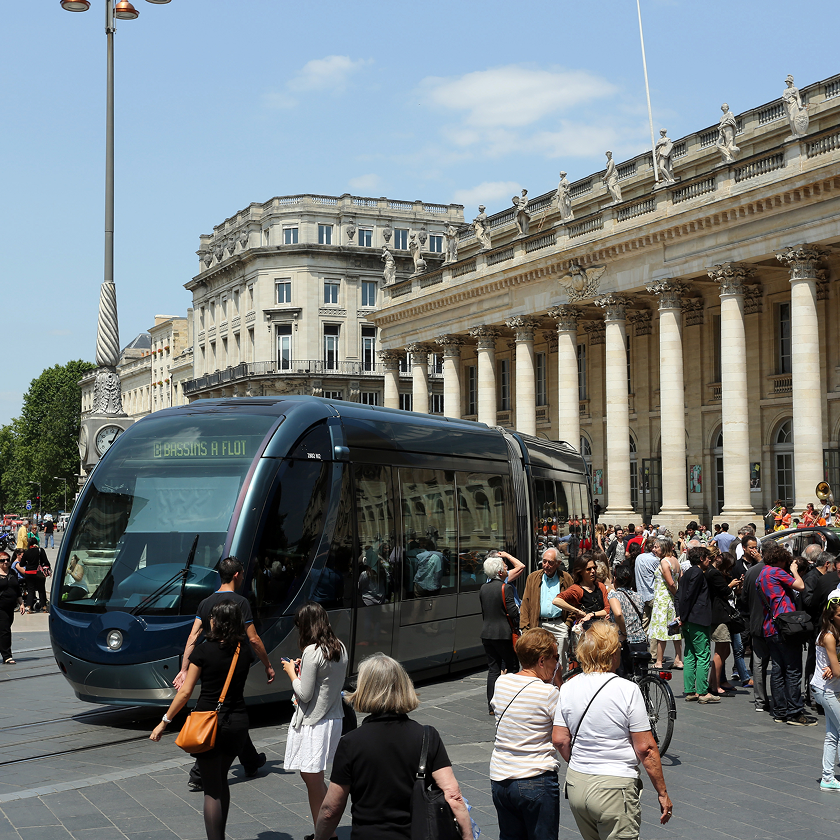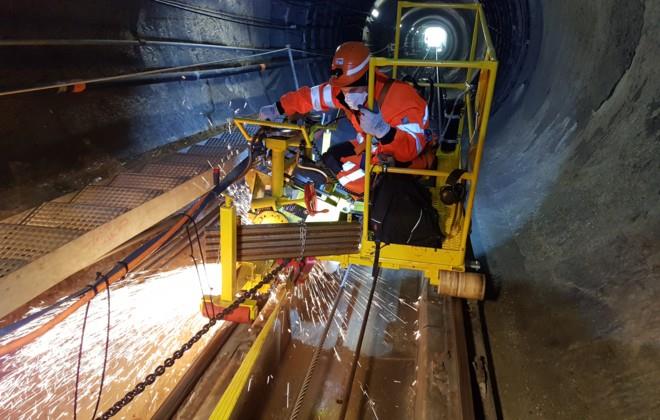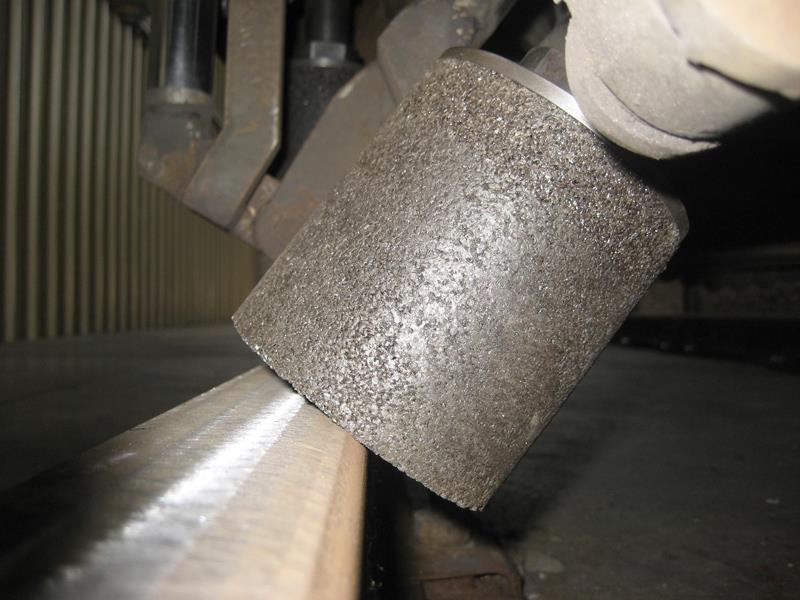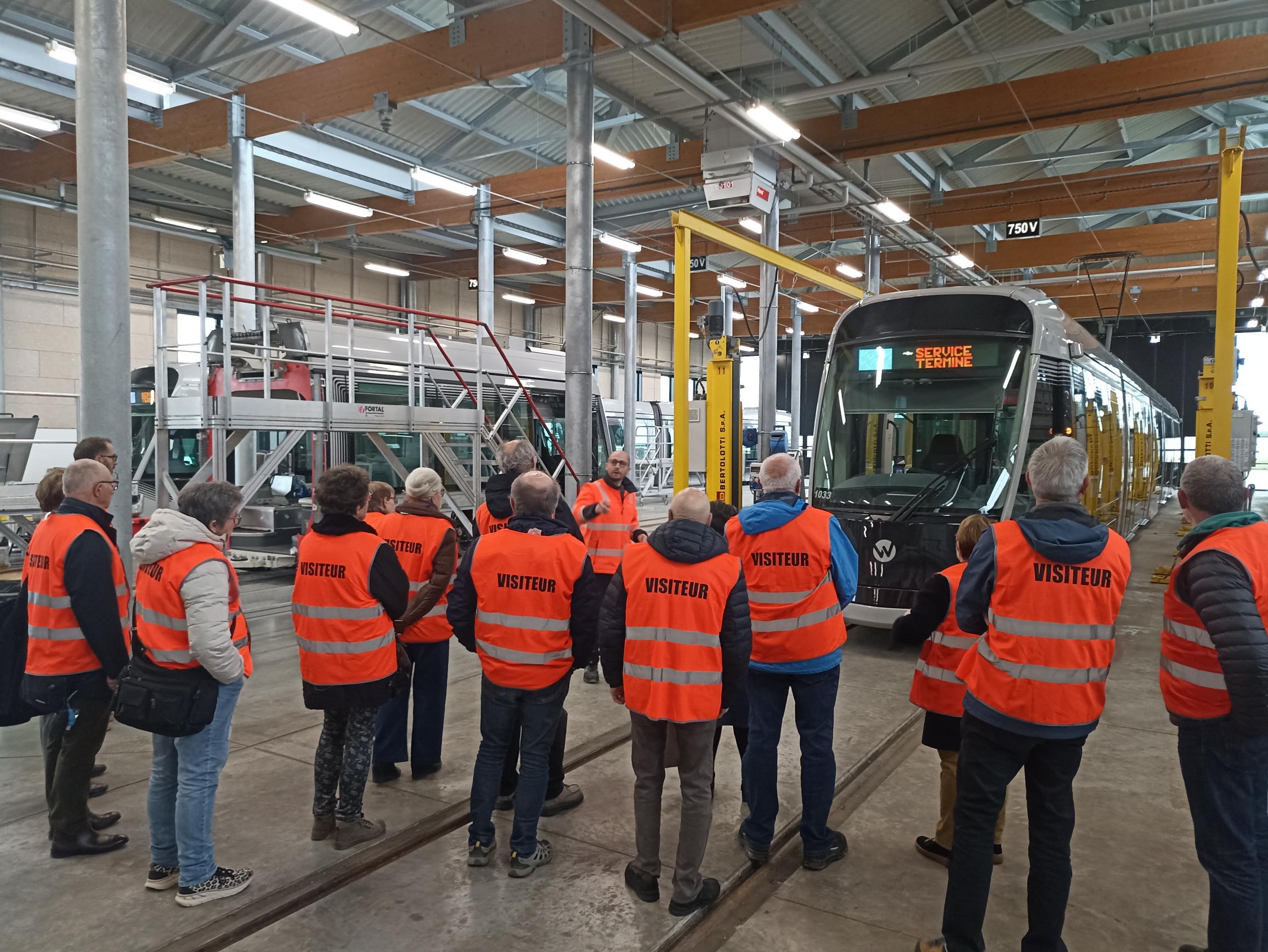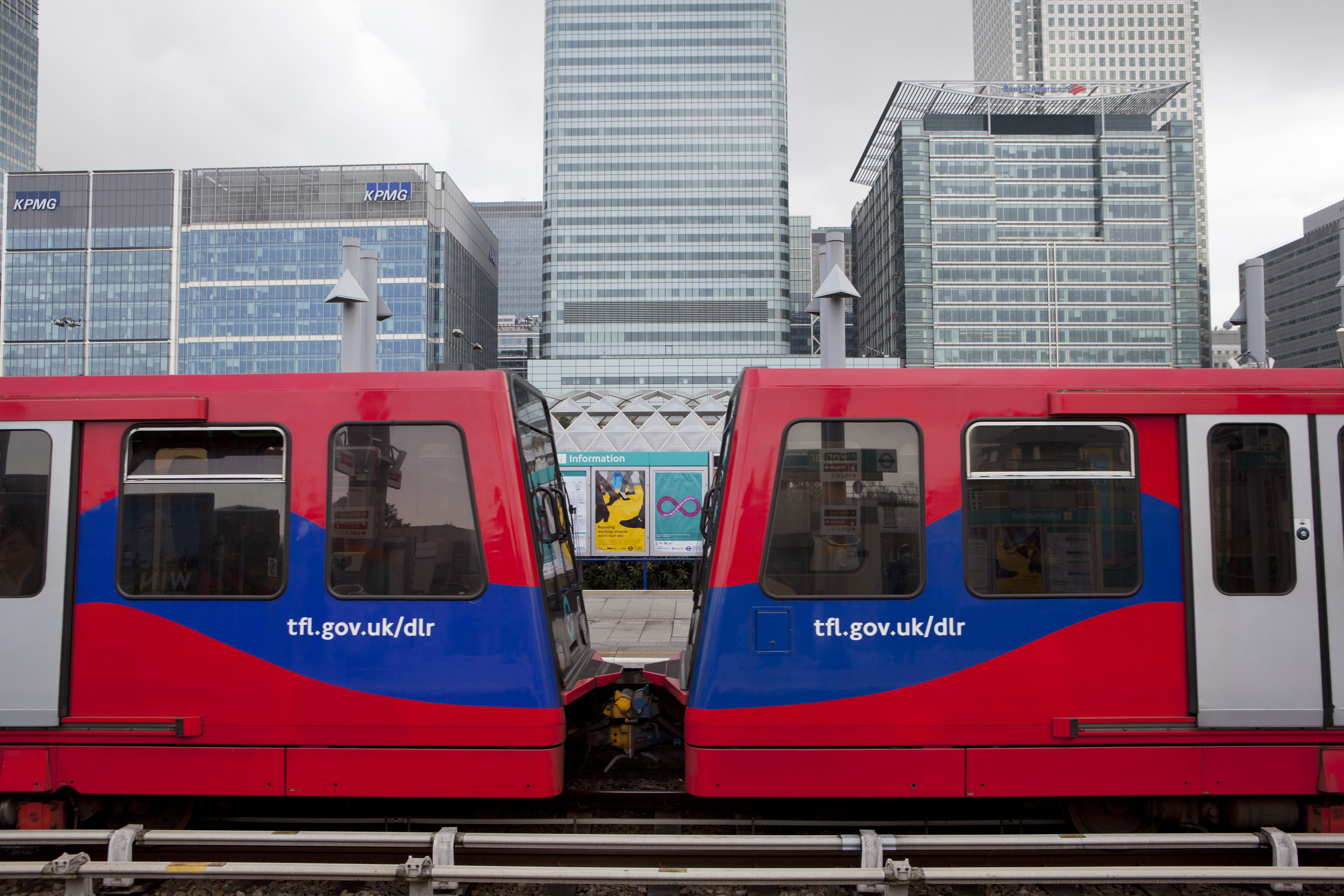What is noise pollution?
Noise pollution refers to all unwanted sounds affecting users, residents, and the urban environment. It originates from transport (road, rail, air), industrial activities, construction sites, and urban life (restaurants, bars, neighborhoods).
Beyond causing auditory discomfort, noise pollution affects public health. Numerous scientific studies highlight the harmful effects of noise on physical and mental health. Prolonged exposure to high noise levels can lead to sleep disorders, increase cardiovascular disease risk, and cause mood disorders like anxiety and depression.
In addition to direct health effects, noise pollution exacerbates social inequalities. Vulnerable populations, often living in poorly insulated housing near noisy infrastructure, are most exposed, reinforcing their vulnerability and limiting access to healthy living conditions. Noise affects not only human health but also disrupts ecosystems, impacting wildlife and animal communication.
In public transport, noise pollution can come from various sources: the screeching of tram wheels on turns, bus engine noise, vibrations from railway infrastructure, or even repetitive announcements.
